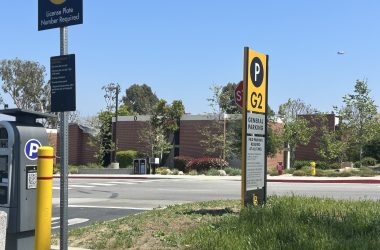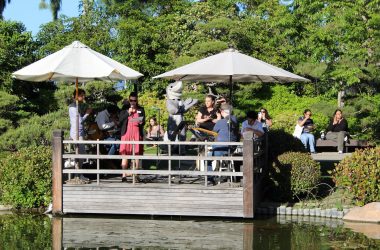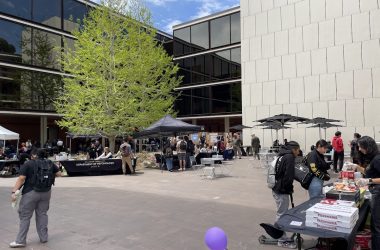Education through virtual reality will be introduced next semester in the College of Engineering through collaboration with Long Beach State’s Academic Technology Services.
The metaverse, a virtual environment that allows access across multiple individual virtual realities, will be the main VR tool used in engineering classrooms.
Emel Demircan and I-Hung Khoo are the CSULB professors working through the pilot program who will teach BME490A, a biomedical engineering capstone course, virtually through the metaverse.
Khoo said this new, virtual approach will help students better understand certain concepts.
“Moving ahead this could be the future,” Khoo said. “It’s a lot easier helping students understand certain concepts because it is virtual and 3D.”
The advantage of working within the metaverse is the ability to create an immersive virtual workplace where students can work together on assigned projects like a traditional classroom, according to Demircan.
“Students will use headsets like the Oculus to teach them human anatomy, how muscles work, some biomechanics, some electronics and mechanical design,” Demircan said.
The class is designed as project-heavy, according to Demircan, where students will familiarize themselves with various biomedical subjects using VR headsets throughout the semester, leading to a final project where they will design their own medical product.
“The whole idea is to help them learn and, at the same time, get used to the idea of the metaverse,” Khoo said.
This course’s success level will deem whether the metaverse in CSULB classrooms will continue in future semesters. The campus and the California State University system overall have yet to allocate funds to grow the program beyond the College of Engineering.
“We will be cautious in spending our limited resources in selecting and implementing new technologies for the campus community,” said Min Yao, CSULB’s chief information officer.
Khoo and Demircan are developing the pilot program under the direction and with allocated funding from the College of Engineering. Rather than following a CSU-wide approach and requiring training for these VR programs, they plan to take their prior research experience with these programs and apply it to the classroom.
CSULB has decreased the amount of offered online classes over the past two semesters, despite student requests, but has turned towards the growth of programs like the Student Virtual Lab.
The university is not the first CSU campus to introduce the metaverse in the classroom.
Multiple universities in the California State University system have already established labs for students’ educational use of immersive virtual technology.
San Diego State University launched its VITaL initiative lab, Virtual Immersive Teaching and Learning, in the fall of 2017. CSU San Bernardino’s Extended Reality for Learning lab and Sonoma State University’s Immersive Learning @SSU program also focus on virtual and augmented reality offerings for students in various majors, such as archaeology, journalism and nursing.
It was also in 2017 that a joint venture between the College of Engineering and the National Science Foundation birthed the CAVE Lab; an immersive, state-of-the-art virtual environment consisting of room-size four-panel displays with eight-camera real-time full-body motion tracking.
While CSULB’s College of Engineering is debuting the campus’s VR experience, non-STEM majors will still be waiting for their chance to access the metaverse. Yet with access to such technology expanding, traditional in-person learning will remain, according to Khoo.
“There is still strength in the traditional approach,” Khoo said. “It’s more of a supplement, an augmentation and in certain aspects, it is very powerful.”




